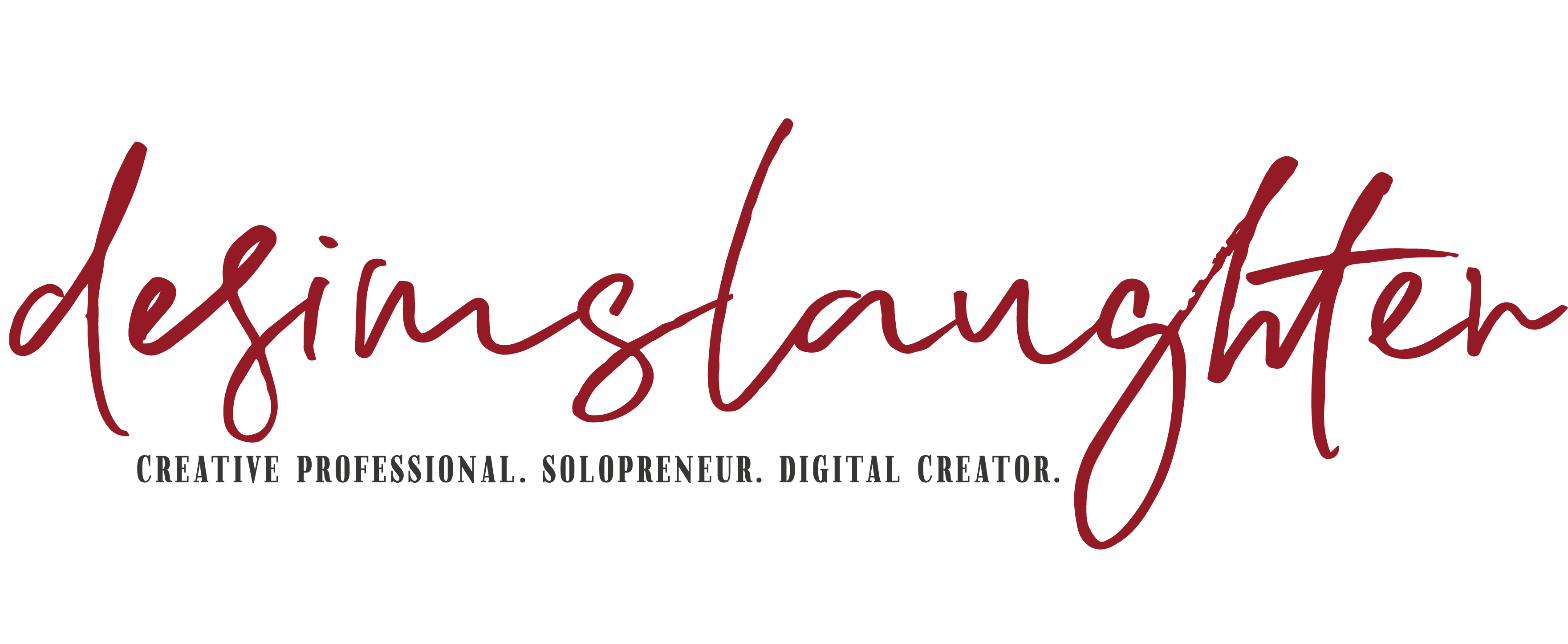
Assignment Details:
This week you will be examining voice and audio elements from an aesthetics perspective.
In addition to reading articles, watching videos, and responding to prompts in the standard written analysis format, you will also be providing a voice recording of your written analysis that takes into account many of the factors you will learn about from your research.
Analysis Prompts:
- What are some of the ways that audio elements can represent a brand or business?
- How does the human voice change how people feel about a brand or business?
- Give examples of how audio scoring can effect how the audience feels while watching a film.
The times we live in today are generally geared toward digital information, digital communication, and digital business. Therefore, it is not easy to imagine entrepreneurs and business owners who are successful who do not use some form of technology in some way. Because of this, it is not possible to create a comprehensive content strategy for a company without also including audio or video branding elements, both of which have become vital elements of the digital business model.
In order to create brand-enhancing written content and visuals, companies typically examine the voice and tone of their brands. Voice and tone are essential aspects of branding since the way we say the words we choose is just as important as the actual words themselves.
Voice alone can be a weapon of many persuasive techniques, and, as such, it can be regarded as an arsenal in and of itself. Take it from this perspective: Your voice will always be the same, but your tone will change according to who you are talking to and what you’re talking about. For example, depending on your tone of voice, you may say the same thing repeatedly but mean five different things at the same time.
Since technology continues to play an increasingly significant role in the growth of businesses, the nature of how audiences interact with brands has changed significantly. The result of this is that companies are rethinking the way they develop their content strategies in order to include branded audio and video content to establish their brands in the minds of their audience.
It is not new to think of connecting to your customers with the power of sound. Just as visual design employs the psychology of shape and color, audio branding utilizes the psychology of voice, perception, attentiveness, and hearing. Together with other branding efforts, audio branding helps create a stable image in clients’ minds about who a brand is, what it does, and what it stands for.
Combined with the proper context, meaningful audio will make a brand stick in the minds of your customers long after it is broadcast. Similarly, while watching a film or movie, audio scoring gives juxtaposition to the visual narrative that is being seen to create an emotional connection.
Fundamentally, the score simply adds depth to the movie. In place of simply appealing to the visual senses of viewers, they now appeal to the visual and auditory senses. A person may find something more interesting in some cases (though not always) if they appeal to more senses.
With that being said, if you are still not convinced of the benefits that branded audio content can have on the overall audience experience with your brand, the rise in the use of TikTok-style content for branding should provide another perspective. Check it out!


